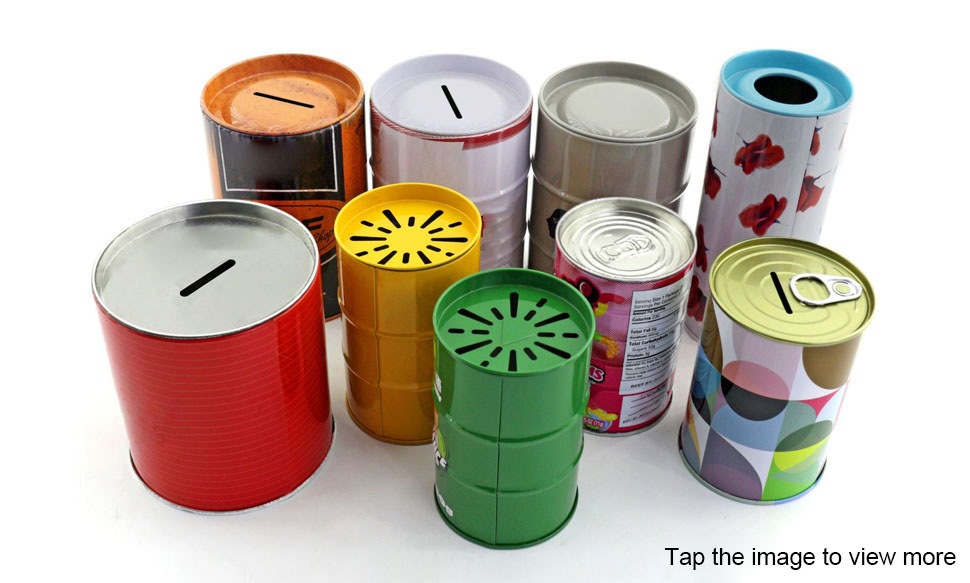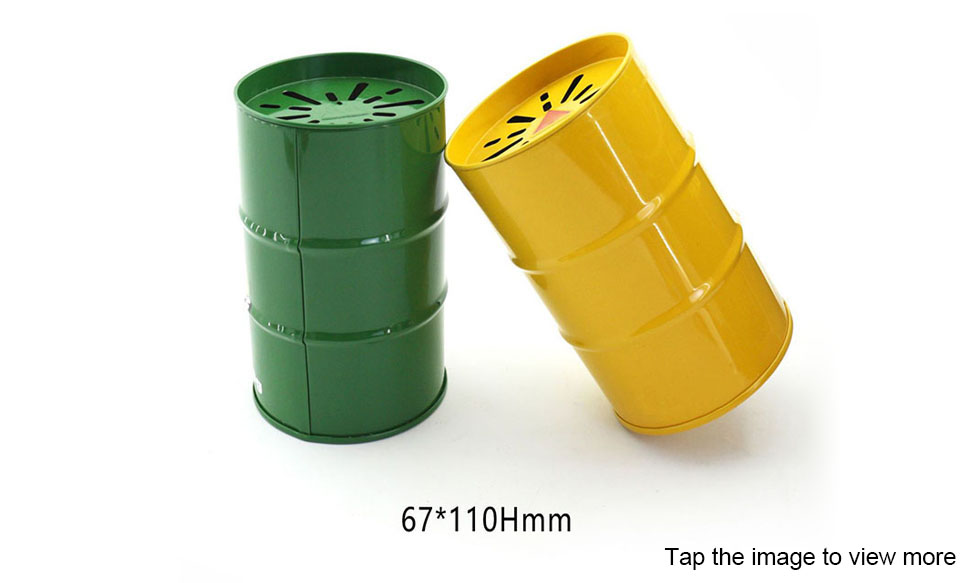What Is a Three-Piece Can?
A three-piece can is a type of metal packaging container made from thin metal sheets, formed through seaming, adhesive bonding, or resistance welding. It consists of three components: the body, the bottom, and the lid, with the body containing a side seam. These parts are sealed together using a rolling process.
Darren Yi
yy-package@zmartechome.com
Introduction to Three-Piece Cans
1. Historical Overview.
The origin of three-piece cans dates back to the early 19th century, driven by the need for food preservation. Early cans were sealed with tin solder, covering seams and vent holes. In 1904, the American Sanitary Can Company invented the “double seaming” technology, combining tin soldering with mechanical seaming, which significantly improved production efficiency.
China's metal can industry began in 1906 in Shanghai, initially dominated by manual production. Because tin solder contained lead, posing a health risk, alternative methods such as side seam adhesive bonding and welding were developed. Today, soldering has been largely phased out, while welding is the most widely used technique.
Beyond canned foods, three-piece cans are also used in non-food, chemical, and daily product industries—examples include biscuit tins, tea canisters, and aerosol cans. These containers often adopt the basic structure of a three-piece can, modified with attachments or design variations.
2. Types of Three-Piece Cans.
With modern manufacturing, three-piece cans are available in various forms:
- By shape: round (tall or flat), square, oval, trapezoidal, horse-shaped, etc.
- By sealing: airtight containers and non-airtight containers.
- By seam type: hook seam, adhesive seam, solder seam, welded seam.
- By opening method: cut-open, roll-open, pull-tab, and others.
- By can type: necked-in cans, tall round cans.
- By structure: easy-open lid cans, sealed-bottom cans.
- By contents: beverage cans, food cans, and more.
For food cans in particular, sizes and structural formats have largely become standardized.
3. Key Structural Features.
Structurally, three-piece cans have the following characteristics:
- Composed of a body, bottom, and lid. The body is made by seaming, bonding, or welding sheet metal, typically cylindrical, with optional reinforcement ribs for added strength.
- The lid and bottom are rolled onto the body, often featuring expansion rings or stepped surfaces for greater durability.
- Standard food cans usually have identical bottoms and lids, though some containers adopt different structures or sizes (e.g., easy-open lids).
- To reduce costs, many designs use a necked-in body that fits smaller lids and bottoms, available in double-neck, triple-neck, or quadruple-neck forms depending on size specifications.
Analysis of Three-Piece Can Packaging and Material Selection
1. Common Materials and Their Characteristics.
The main materials used in manufacturing three-piece cans include tinplate (electrolytic tin-coated steel), chromium-coated steel (TFS), and aluminum alloys. Auxiliary materials include interior and exterior coatings, spray coatings, and additional packaging components.
Tinplate (Tin-Coated Steel) Cans made from tinplate are often referred to as “plain cans,” distinguishing them from lacquered ones. The structure consists of five layers:
- Steel Base Layer: 0.2-0.3 mm thick, usually low-carbon boiling steel. Common types include L (excellent corrosion resistance), MR (standard for general canned foods, widely used in China), and MC (lower corrosion resistance).
- Tin-Iron Alloy Layer (FeSn₂): About 0.05% of the steel thickness, improves corrosion resistance.
- Tin Layer: Roughly 0.5% of the steel thickness, provides gloss and essential protection.
- Oxide Film: Naturally formed during tinning, prevents rust, discoloration, and sulfide staining.
- Oil Film: Applied to improve corrosion resistance, lubrication, and surface protection during storage.
Tinplate cans are widely used for beverages, dry powders, chemical products, and aerosols. Thin-tin tinplate (LTS) is commonly applied to ready-to-eat foods, pet food, jams, baby food, and mildly acidic juices.
Chromium-Coated Steel (TFS)
TFS has a thin chromium and chromium oxide surface layer. It has lower corrosion resistance and is harder to weld, requiring both internal and external coatings. Thanks to its strong coating adhesion, it is widely used for can ends and drawn cans, such as beer and soft drink containers.
Aluminum Alloys
Primarily used for two-piece cans and monobloc containers, aluminum is lightweight, shatter-resistant, and recyclable.
2. Characteristics of Packaged Contents.
Three-piece cans are mainly used for food packaging. Depending on the product, different coatings are required to prevent corrosion, discoloration, or chemical reactions.
High-Protein Foods (seafood, poultry, meat)
During sterilization, sulfur compounds may be released, causing sulfide corrosion. Anti-sulfur coatings with additives such as zinc oxide are necessary.
Highly Acidic Foods (tomato paste, pickles)
Acidity may corrode the can wall, leading to perforation or spoilage. Acid-resistant coatings are essential.
Anthocyanin-Rich Fruits (strawberries, cherries, bayberries)
Tin can reduce anthocyanins, causing fading, corrosion, and hydrogen swelling. This can be prevented with thicker coatings or secondary applications.
Sticky Foods (steamed fish, luncheon meat)
Coatings with anti-stick agents are used to allow easy removal while preserving food shape.
Structural Design of Three-Piece Cans
1. Basic Structural Elements.
A three-piece can consists of five parts: bottom, lower body, body, upper body, and lid. The bottom and lid usually share a similar design.
2. Dimensions and Specifications.
Round cans are the most common type, following international standards. For example, a can labeled “15267” has an internal diameter of 153.4 mm and a height of 267mm.
3. Body Design.
The body may be cylindrical or irregular in shape. Key design elements include:
- Seams: Commonly resistance-welded, though some use lock-seam, soldering, or adhesive methods.
- Beads (Strengthening Grooves): Added to increase strength and prevent buckling. However, excessive grooves may reduce axial load-bearing capacity.
- Flanges: Outward-turned edges at the top and bottom for secure double seaming with lids or bottoms.
4. Lid and Bottom Design.
Generally similar in structure, lids and bottoms often feature expansion rings to enhance strength and withstand internal pressure. Proper design helps maintain sealing integrity and protects the product.
This content is provided by the YYBOXES Packaging Innovation Center. We specialize in premium aluminum packaging solutions, helping brands enhance product value and strengthen market competitiveness.





